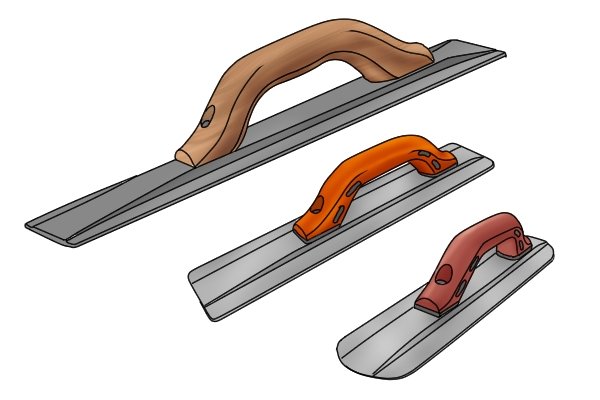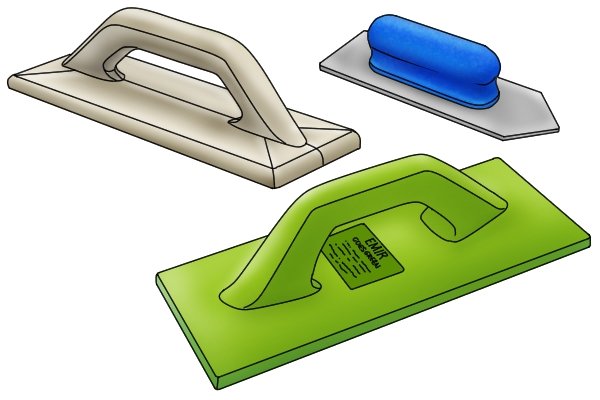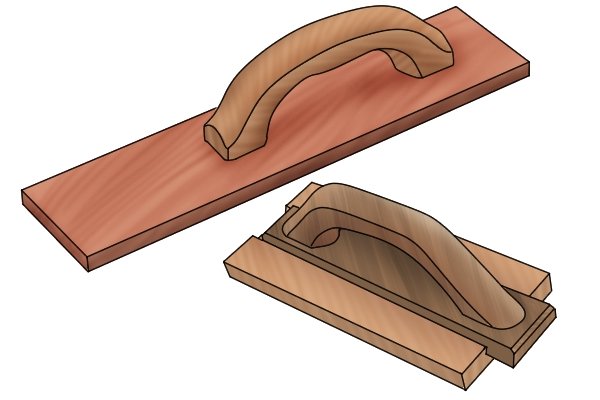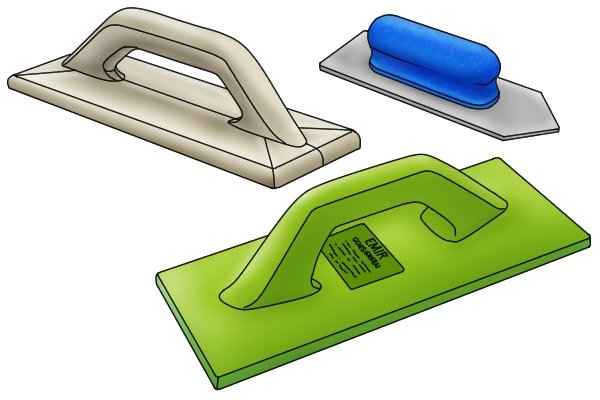
What float sizes are available?
Content
Sponge float dimensions | |
| The size of the sponge varies from small ones around 200 mm (8 inches) long, designed for use in plastering and grouting, to mortar sponges, which can be up to 460 mm (18 inches) long. Some are also available in various widths. Sponge floats are available in dense, medium and large grades. Smaller, denser ones are most suitable for use with wet plaster. | |
Rubber float dimensions | |
 | Rubber floats again come in different sizes. Those used for grouting tend to be smaller than those used for stucco or stucco to make it easier to penetrate narrow grout lines. Edge trowels are the smallest type of rubber trowel at just 60 mm (2½ inches) and are ideal for working in hard to reach areas when grouting kitchens and bathrooms. |
Magnesium float dimensions | |
 | Magnesium floats are available in several sizes ranging from 300 to 500 mm (12-20 inches) long and 75 mm (3 inches) to 100 mm (4 inches) wide. Smaller floats are good for working around concrete edges and smoothing corners, while longer floats are more suitable for larger areas. |
Dimensions of wooden floats | |
 | Wooden floats vary greatly in size. Most of them are about 280 mm (11 inches) long and about 120 mm (5 inches) wide. Some are long and thin - up to 460x75mm (18x3″) - and are used primarily for leveling concrete. |
Dimensions of plastic floats | |
 | Plastic floats are available in both small and medium sizes for grouting plaster, as well as large sizes for working with plaster and concrete. You can purchase pointed mini floats as small as 150x45mm (6x1¾") for working in hard to reach areas, universal medium floats around 280x110mm (11"x4½") and large imaging floats up to 460x150 mm (18×6 inches). |
Large and small float | |
 | Is big always beautiful? Both large and small floats have their place. Obviously, if you have a wide open wall space to deal with, then it's tempting to go for the biggest float. But the larger the float, the harder it will be for him and the plaster to move along the wall. If you're new to plastering, a medium-sized trowel may be a safer option, as well as a small trowel for tight corners. |

